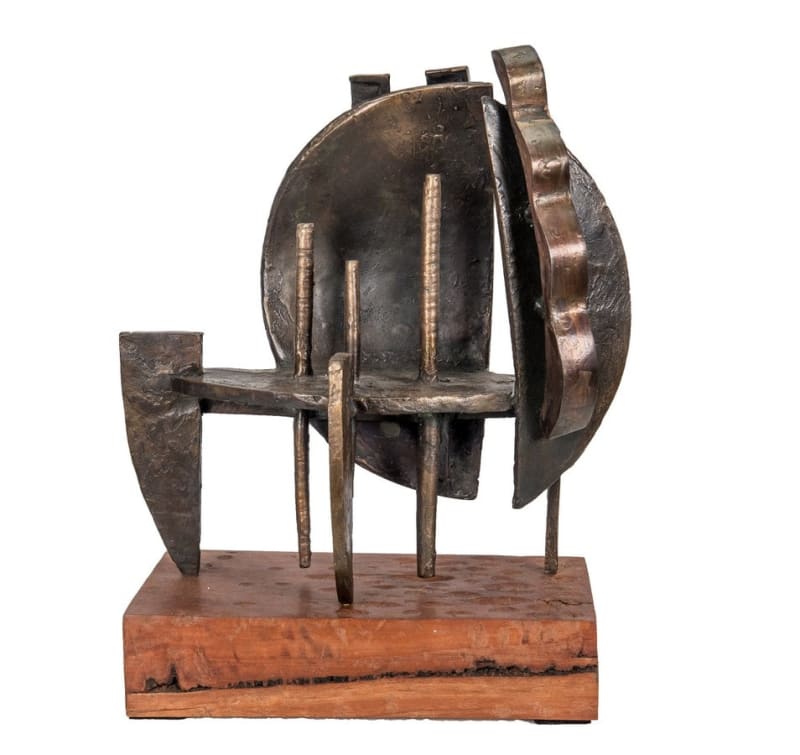Embracing the Form: A Survey of Sculpture: Ross Miller
Lennox St. Gallery presents Embracing the Form, a survey exhibition of sculptures by Ross Miller.
Ross’s studies at the RMIT under George Allen (the sculptor best known for the monumental works at the Australian War Memorial in Canberra and the Shrine of Remembrance in Melbourne) has inspired a lifelong interest in sculpting the human form.
Bronze and ciment fondu casts retain the imprints of the master’s touch on the original wax and clay models. The meticulous mark making enhances the tactile qualities of surfaces, adding to the perception of suppleness of skin, softness of fabrics, and shagginess of hair.
The spirit of the Modern Masters—whether Auguste Rodin, Edgar Degas, Aristide Maillol, Antoine Bourdelle, or Henry Moore—guides the sculptor’s hand in moulding the nude. Whether reclining introspectively, standing sprightly, or tumbling with careless abandon, the models’ raised limbs, suspended feet, or tilted heads bely the solidity of bronze and inject the sculpture with a sense of movement and energy.
Several works reflect Ross’s apprenticeship as studio assistant to Lenton Parr. Based on chance observations of random objects in domestic and industrial settings, Miller challenges the viewer to seek pure abstraction, monumentality, and aesthetic potential in the everyday.
Ross’s professional experience as set designer is evident in his coherently composed mise-en-scenes of street scenes, soccer fields, and entertainment arenas. Collectively, they illustrate Ross’s exploration of the inherent anthropomorphism of the urban environment, a complex living organism within which humans are mere particles.
During his long-term residency in Canada, Ross’s extensive travels throughout the American continent and regular visits to the vanished metropolises of the Mayans and the Incas has left an indelible impression on the sculptor’s imagination. The influence of ancient cultures is evident in the significant tranche of works, where, like a jigsaw puzzle, a diverse variety of forms are combined to create an aesthetically coherent whole.
However, even these sculptures retain the marks of former bustling civilisations. Within the Apacheta studies, the human element is most conspicuous: the upright rectangular forms are frozen in an endless embrace, an icon of constancy and symbiotic intimacy.
Like many artists, the revelation of pure abstraction was attained by Ross in the fathomless expanse of the Australian outback, where shapes and forms are distilled into the pure essence of primordial energy. The spirituality and the inherent anthropomorphism of the outback landscape, captured most famously in Australian art by Brett Whiteley, is reflected in the undulating formations, which create in Ross’s works a visual link and an aesthetic dialogue between the landscape and the nude.
The sculptures in the exhibition are unified by Ross’s evident joy in the physicality, tactility, and adventure of the creative process. They demonstrate the artist’s masterful ability to manipulate bronze surfaces, at times leaving them untouched, or polishing them to gleaming perfection, or exposing them to them elements in order to acquire the alluring patination of variegated greens. The solid forms are punctuated by negative spaces of grooves, crevices, and hollows, creating an illusion of lightness and weightlessness. Some of the works eschew the tradition of wooden bases, integrating a variety of exotic timbers within the sculpture and challenging the perception of accepted norms.




